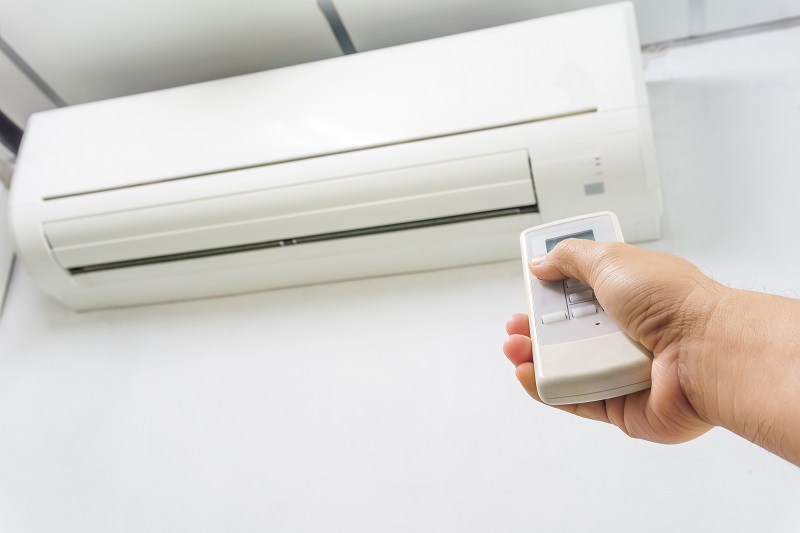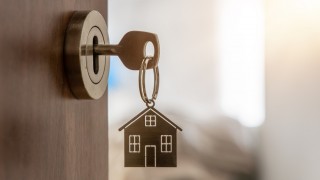Heating and cooling accounts for a significant fraction of your home’s power consumption. Reducing the amount of electrical power used in cooling and heating will cut down on the amount of money you spend per month. It is also a great way for you to contribute in reducing the consumption of greenhouse gases. There are several eco-friendly technologies you can use in your home to facilitate heating and cooling.
Roof Ventilation Systems
In the summer heat gets trapped between the ceiling and the roof of your house. The air trapped can have temperatures as high as 140 degrees Fahrenheit. This heat makes it harder to cool down the house from within. Insulation cannot eliminate this problem. Insulation only delays the heating of the air trapped by a few hours; therefore it is not an effective solution.
Roof ventilation systems work to release the hot air by pulling it upwards towards the roof. Cold air is pulled into the house and the air trapped is pushed upwards away from the house. This system also works in reverse in summer, by pushing warm air into the house in winter. Roof ventilation systems also help to minimize moulds during the cold season.
Passive Solar Heating
Solar passive design involves changing the orientation of your home to take advantage of sunlight in winter, and avoid direct sunlight in summer. This orientation of your home can begin even before the house is built. Site selection is taken to account to ensure that no trees or buildings will obstruct the house in the future.
For existing houses certain strategies such as planting trees in the northern facing parts to provide the necessary shade during summer. The trees are planted such that they will not provide the same shade during the winter season. The result is a system that maximizes on the sun’s heat during the cold season and reduces the sun’s direct heating effect in summer.
Solar Air Conditioners
Solar air conditioners can play a significant part in reducing your carbon footprint. The latest technology in solar powered air conditioners makes them much more efficient than they were before. For example, some solar have a mechanism that cools the panels when it is very hot. This is important because heat reduces the efficiency of the panel.
Energy Efficient Windows
Windows for a long time have been used to control the flow of air into your home, and they also provide lighting during the day. Now there are energy efficient windows that can reduce the energy consumed in your home. There are several adjustments made on these windows to ensure there is no loss of energy.
Air leakage is one important area that manufacturers have been trying to fix. Some techniques used to reduce window air leakages can be applied on preexisting windows. A window with the right glazing technology can help reduce heat gain during summer thereby reducing cooling costs.
Smart Thermostats
A smart thermostat can read the patterns of your day to day behavior. This intelligent device will then adjust itself accordingly. For example, when you are at work, it may turn down the temperatures of your house. The device then estimates the time you get back and begin to heat up the house, so that it is nice and warm when you get home (or cool during summer). These smart thermostats can be managed using an app so that you have control over it when you are at work or on vacation.
All these technologies can help reduce your carbon footprint while at the same time saving the expenses associated with cooling and heating your home. Many of them are relatively cheap and fairly easy to implement.
Written by the staff of Controlled Aire Heating and Cooling in Moberly, MO.



